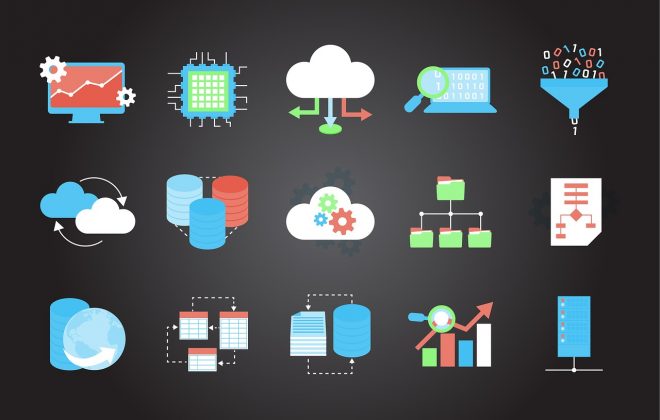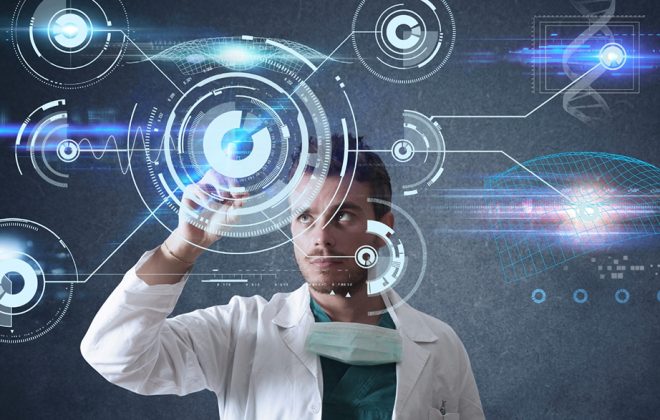The Role of Technology in Improving Patient Care
Patients today are active consumers of healthcare and want to play a proactive role in managing their health journey. Whether it is keeping a track of their health records, assessing which hospital or doctor to go to, making health choices with their overall wellbeing in mind or making major healthcare decisions, the patients of today want the locus of control in their hands. Thus, it hardly comes as a surprise that ‘patient engagement’ has moved from being a buzzword and has become an emerging movement within the healthcare sector. Clearly, both the healthcare providers and the patients have seen the advantage that patient engagement brings to the table – the capability to make informed decisions to better health outcomes. While other industries such as banking, retail, etc. have been consumer focused for a long time now, the healthcare industry too, has realized that in order to stay competitive and grow in a crowded marketplace, they have to leverage solutions that help them furnish their patients with more information, access, and accountability.
Technology has been one of the greatest enablers of patient engagement and has been instrumental in improving patient care. Whether it is the use of sophisticated technology to conduct complicated surgeries or whether it is technology to manage patient data, health records etc. technology has been responsible for making patient care more efficient, effective and smooth. But how does technology improve patient care? Here’s a look:
Improving Clinical Workflows
Technology can dramatically improve clinical workflows which have a direct impact on both doctor and patient satisfaction. Having a comprehensive health record management system in place makes sure that all relevant patient-related information is stored in one central place and can be accessed by the right stakeholders whenever they need it. Having all health records that include prescriptions, health history, lab and pathology reports, etc. in one central place ensures that the time spent between doctors and patients is utilized well and not wasted looking for crucial information. Given that we are in the age of the cloud and mobile, having a health record system ensures that both the doctor and patient have access to their health-related information, anytime, anywhere.
Better Doctor-Patient Communication
One great advantage that technology brings to the table is better doctor-patient communication. Since technology allows more control to patients regarding their health-related information, it allows them the ability to understand their health conditions better. All vital pieces of health-related information can now be sent immediately to the patient’s mobile phone immediately after a consultation. With the help of technology and their health data, patients can become more proactive in their health management and discuss their conditions and related information such as alternative medicines, lifestyle changes, side effects of medication etc. with greater accuracy. Since doctors have access to all relevant health data of their patients, they too can furnish them with more accurate information and help their patients gain more ‘meaning’ from their health data.
Improved Pre and Post-Operative Care
Technology aids evidence-based medical suggestions – this becomes exceptionally useful to explain the nuances of a surgery and the associated the risk and benefits. Using mHealth, doctors can intimate patients of the required measures that need to be taken before an operation. Technology also streamlines the exchange of clinical data such as investigation results and associated health reports with the invested stakeholders such as nurses, anesthetists and other doctors involved in the surgery which makes post-operative care process smoother for both patients and doctors. Technology can also be used to prioritize and triage alarms that are critical to the patient to enhance their safety and alert caregivers if the patient shows any sign of distress and improve care by allowing the clinicians respond to critical situations faster.
Disease Management
Managing chronic diseases can become more efficient using technology by helping patients become more accountable towards their healthcare goals. Using mobile health applications, doctors can gain access to a patient’s healthcare data and track patient behaviors that help them send out timely reminders to the patients so that they can manage their health better and avoid hospitalization. Remote monitoring technologies in the form of sensors etc. can play a huge role in preventing readmissions by sending out timely alerts to the hospital or a physician and thus aid complete recovery without hospital readmissions.
Health Risk Identification
Technology helps both the doctors and patients adopt a preventive approach towards healthcare. Using health-related data, measuring patient vital signs and comparing these with smart algorithms helps doctors better identify patients who are ‘at risk’ of a particular disease. This can play a huge role in early identification and intervention of chronic and critical illnesses such as diabetes, heart disease, cancer etc. so that proactive steps can be taken provide treatment at the right time and thereby have a positive impact on patient health.
Better Patient Safety
Technology plays a pivotal role in improving patient safety and preventing deaths. Thanks to technology, today instead of relying on their sense of touch, sight, smell and listening, nurses can easily detect changes in patient conditions. Using electronic medicine prescription, healthcare providers can reduce prescription errors by almost 50%. Technologies such as capnography and oximetry allow for more accurate monitoring of post-operative patients. EHR’s can play a pivotal role in streamlining communication between all the doctors involved in a patient’s care by maintaining all important and relevant information in one central repository. EHR technologies can also be of great use in providing decision support in the form of reminders and alerts that help in improving patient care by proving them with more information regarding care planning, symptom management etc. All of these improve patient safety and consequently patient care.
While it is apparent that the technology impact in healthcare has been profound, it becomes imperative to note that despite the massive infiltration of technology in the healthcare ecosystem, healthcare remains a ‘hands-on’ field. However, it has to be made clear that technology in no way is trying to replace the doctor but is being used more as a facilitator…one who can improve interactions, increase transparency, improve accountability and ultimately improve patient care.



